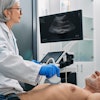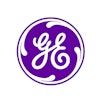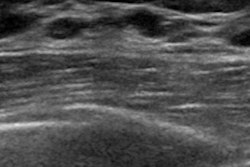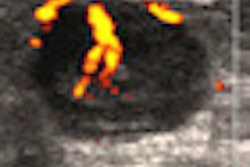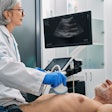An automated breast volume sonography (ABVS) system led to significantly improved breast cancer detection in Asian women, researchers from the Bangkok Breast Cancer Center in Thailand told attendees on Saturday at the American Roentgen Ray Society (ARRS) meeting in Vancouver.
The research team, led by Dr. Wilaiporn Bhothisuwan, compared ABVS with a handheld ultrasound scanner in a study that included 504 findings in 212 patients. The group found that the ABVS system agreed with the handheld scanner on 15 suspicious lesions, detected 12 additional suspicious lesions, and excluded three lesions. The modalities agreed on 306 lesions.
In Thailand, 75% of women's breasts are mammographically difficult. ABVS has allowed the institution to overcome ultrasound's technical limitations, which include a limited field-of-view (FOV) and scans that require high skill, experience, and time, Bhothisuwan said.
Bhothisuwan and co-author Pramaporn Kimhamanon also emphasized the immediate improvement in image quality from ABVS. Images are produced in multiple slices and plans and can be displayed, manipulated, archived, and restored in a similar manner as CT volume scans, according to the authors.
Because the method is operator-independent, ABVS provides more reproducible and standardized imaging, they said.
The authors concluded that ABVS performs well for screening and follow-up, detection, confirmation, and exclusion of lesions with anatomic detail. However, handheld ultrasound is still recommended for evaluating lesion details, nipple artifacts, and axillary areas, they said.
